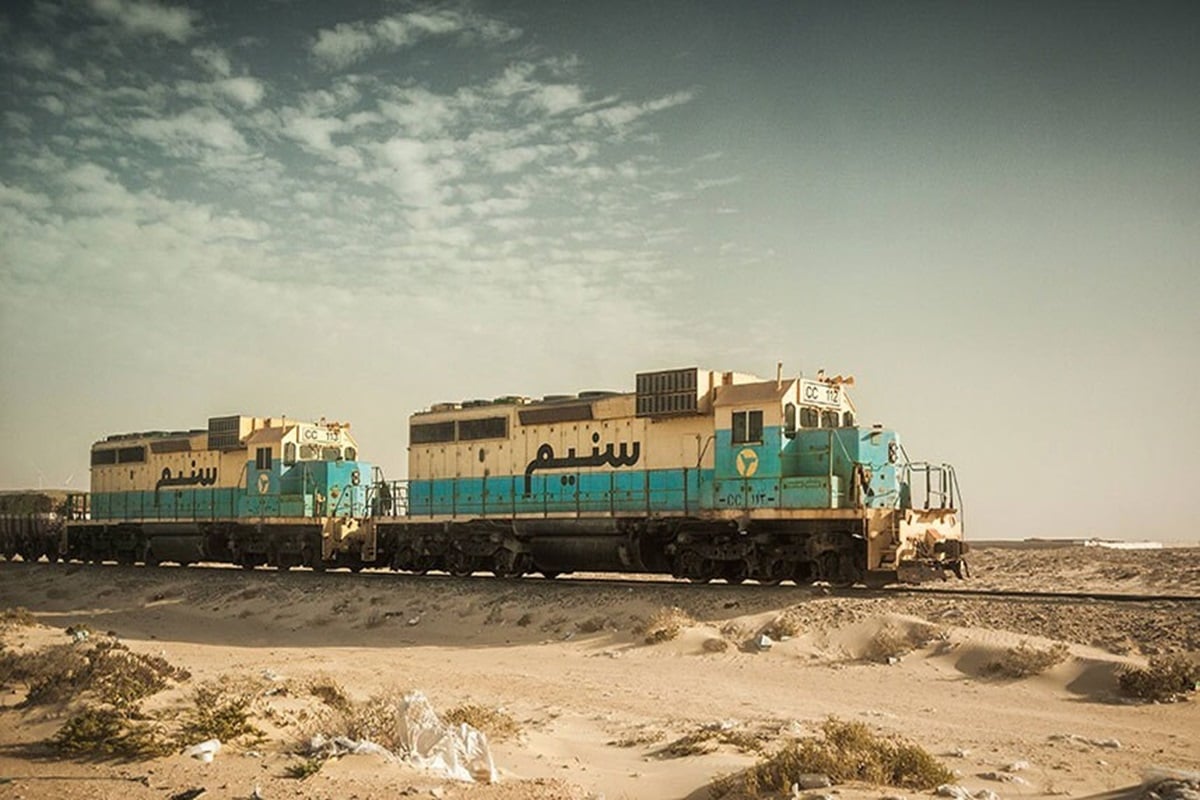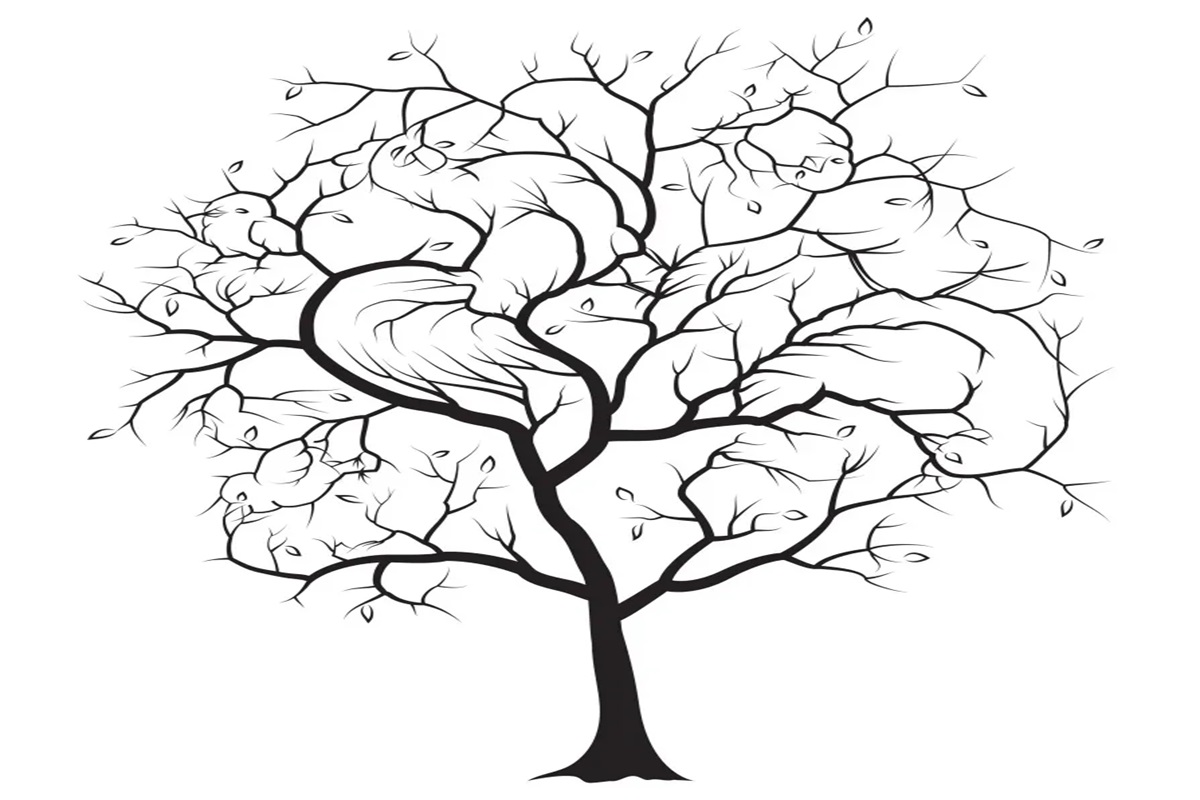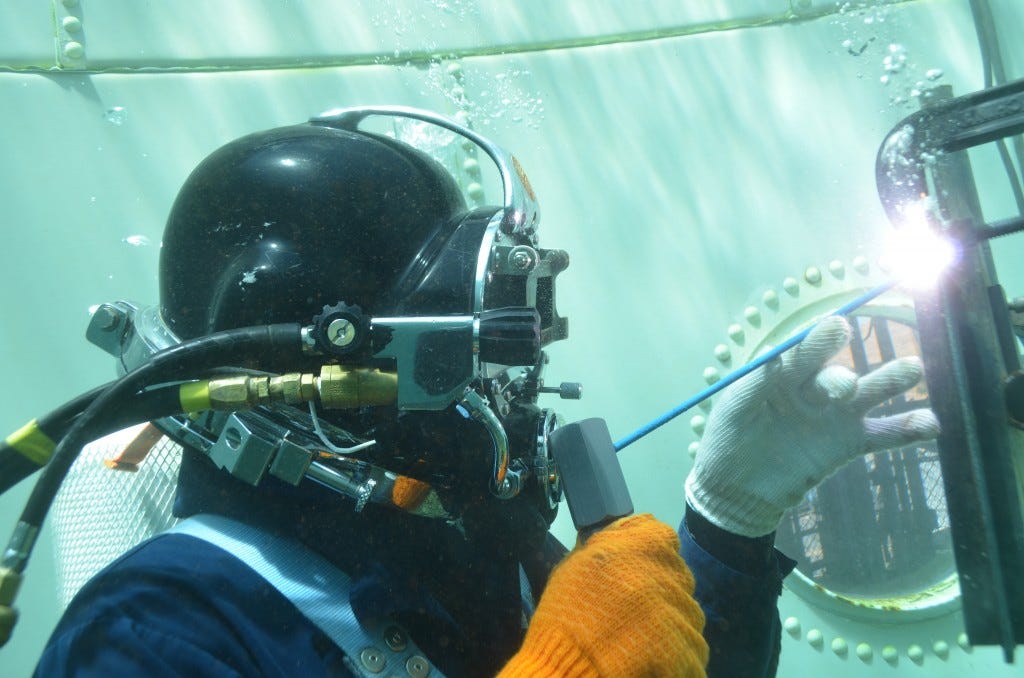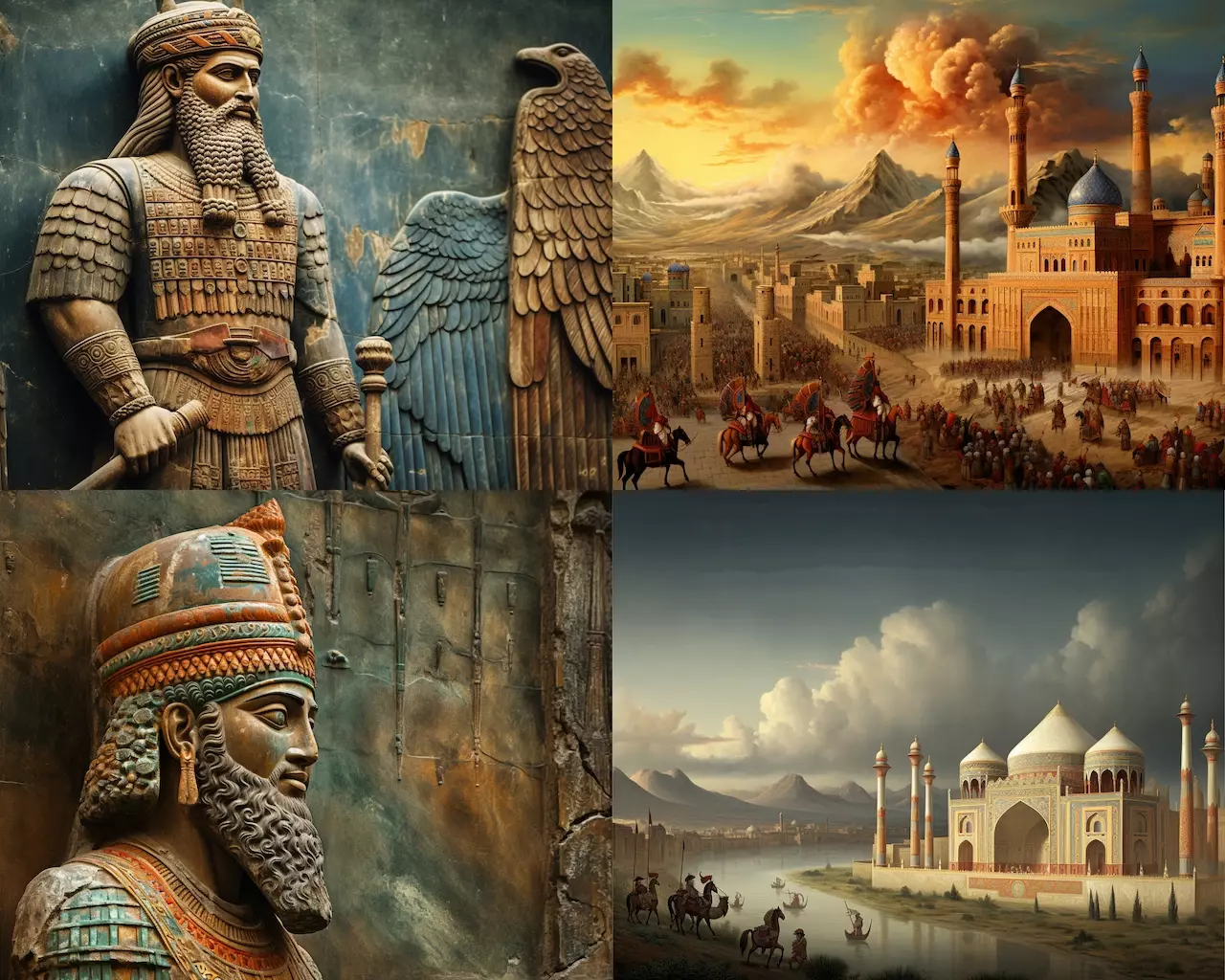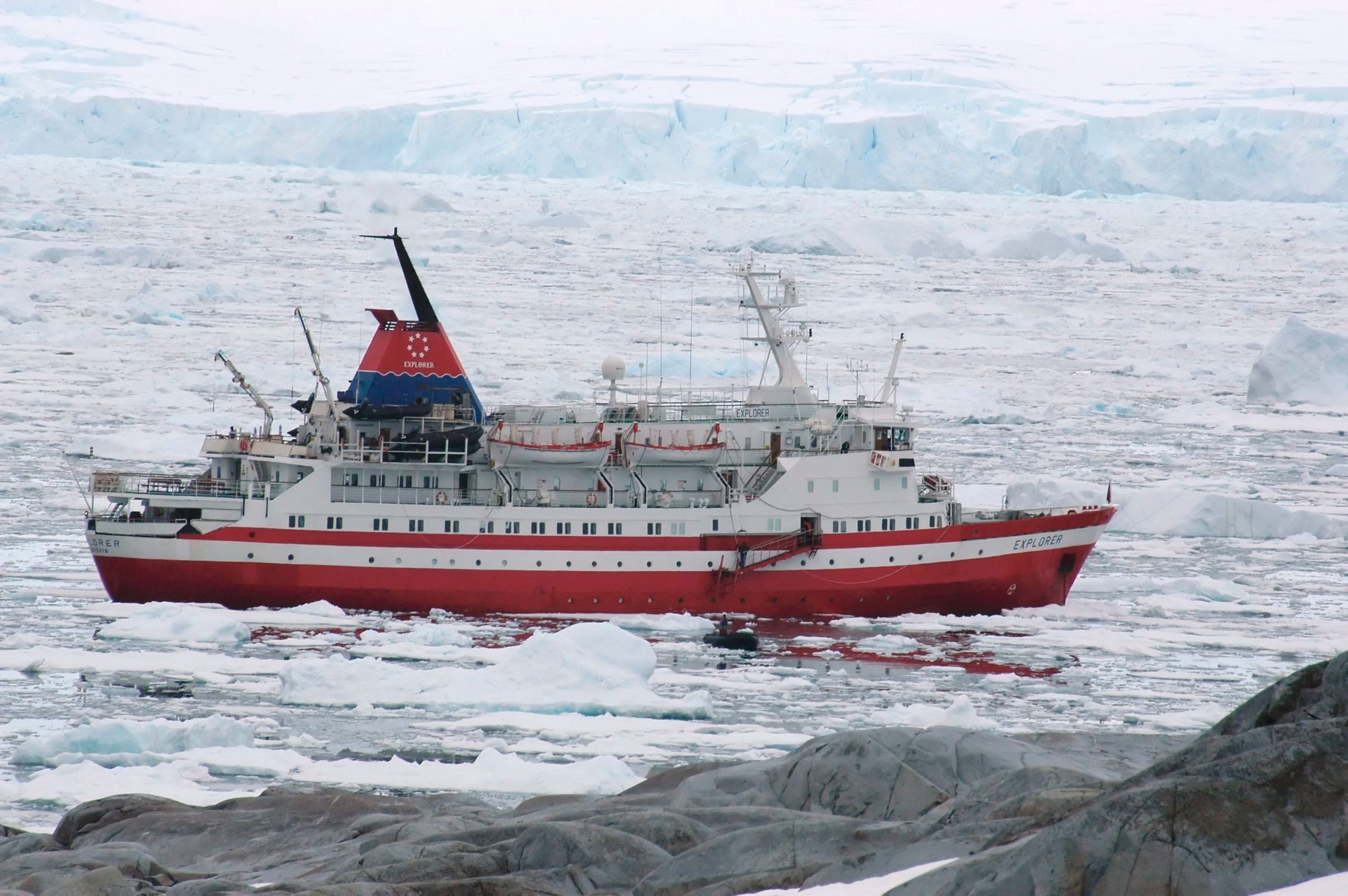Interest in mermaids has existed since ancient times, with many stories circulating about these mythical creatures. In these tales, mermaids were often depicted as beautiful girls, but some stories portrayed them as treacherous beings. Whether in fantasy, stories, or novels, people have long been intrigued by the idea of mermaids, and some even believe they could exist in reality.

In 1830, Christian Hahn wrote a book about a mermaid’s tragic life, portraying her in a positive light despite her sacrifices. This book offered a beautiful portrayal of mermaids.
An 80-year-old fisherman claimed to have seen a 20-year-old mermaid while she was grooming her hair near the coast. However, mermaids are elusive, disappearing into the water when they sense someone watching them.
Several movies have depicted mermaids, and monuments featuring fish maidens exist. In December 2017, there was speculation about the discovery of a mermaid after a video surfaced showing a peculiar creature with a fish-like head and human-like body. The creature, still alive in the video, was held by the Port Authority, but its identity remains unknown.
Throughout history, references to such events have been documented in various forms of literature and media, including stories, novels, movies, and TV series. While some people believe in the existence of mermaids, others remain skeptical. Nevertheless, the mystery surrounding mermaids persists, keeping their allure alive in literature, stories, and movies.
